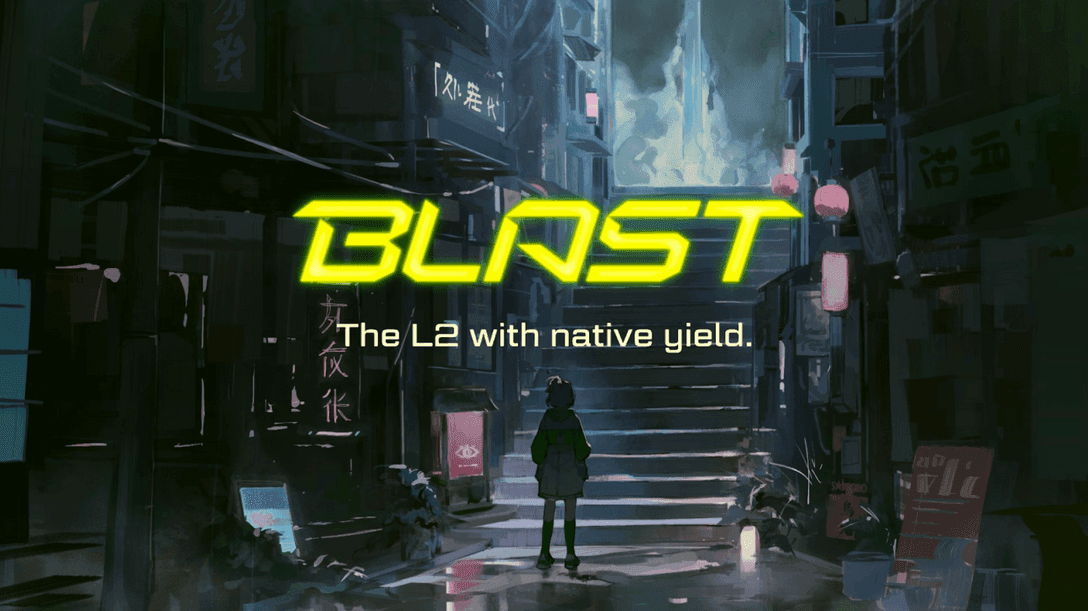Jacob Fecunda - BlogExploring Blast: The Next Wave of Ethereum Scaling?

I recently embarked on an exciting journey with a team dedicated to creating a decentralized exchange (DEX) on the Blast Layer 2 (L2) blockchain network. This venture has not only pushed the boundaries of what we can achieve in terms of scalability and efficiency on the Ethereum blockchain but also offered me a firsthand look into the inner workings and potential of Blast.
Blast Layer 2: A Technical Overview
Blast stands out in the Ethereum ecosystem as an optimistic rollup, a term that might sound complex but essentially refers to a method of scaling the network. It achieves this by processing transactions off-chain (meaning outside the Ethereum mainnet) and then settling the final state on-chain. This significantly reduces the congestion and the associated gas fees on the mainnet, making transactions faster and cheaper.
What sets Blast apart is its EVM (Ethereum Virtual Machine) compatibility, making it straightforward for developers who are already familiar with Ethereum's development environment. It runs on a fork of Go Ethereum (Geth), ensuring a seamless transition for projects migrating or extending their presence to the Blast network.
Native Yield: The Game-Changer
One of the most talked-about features of Blast is its native yield mechanism. Unlike other platforms where you might need to stake your assets actively to earn rewards, Blast proposes a system where assets can generate yield simply by being held on the network. This concept, while promising on paper, brings a novel approach to passive income in the crypto space. It's designed to attract liquidity and encourage both developers and users to engage more deeply with the ecosystem.
Building on Blast: Opportunities and Challenges
From a developer's perspective, the allure of Blast is undeniable. The network promises to lower the barriers to entry for building scalable, efficient applications on Ethereum. For our DEX project, this means potentially offering our users faster transactions and lower fees, which are critical factors in the competitive landscape of decentralized exchanges.
However, working on a cutting-edge technology like Blast does come with its set of challenges. The primary concern revolves around security and the custody of assets bridged to the platform. Blast employs a multi-signature contract for asset custody, requiring a majority approval for withdrawals. The anonymity of the participants in this multi-sig setup and the security mechanisms in place are areas we've had to scrutinize closely.
Moreover, the broader implications of introducing another L2 solution in an already crowded space raise questions about liquidity fragmentation and the long-term sustainability of multiple parallel networks. Despite these challenges, the native yield feature and the potential for gas subsidies for developers are compelling incentives that could drive adoption and make Blast a significant player in the ecosystem.
Final Thoughts
In conclusion, working on the Blast L2 network presents a unique blend of opportunities and challenges. As developers, we're drawn to the potential for innovation and the promise of a more scalable, efficient Ethereum. Yet, we remain cautious, understanding the importance of security, asset custody, and the broader impacts on the ecosystem.
For fellow developers and the broader audience, Blast represents a fascinating development in the quest for Ethereum scalability. Its success will depend not only on its technological merits but also on how well it can navigate the complexities of the crypto world, including security concerns and ecosystem dynamics. As we continue building our DEX on Blast, we remain optimistic but vigilant, excited to contribute to and witness the evolution of this promising network.